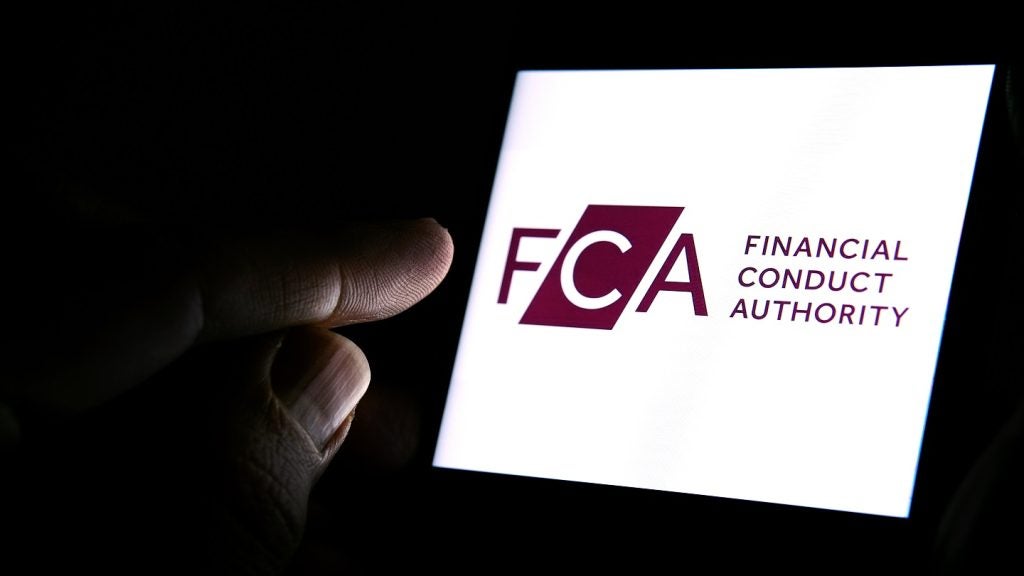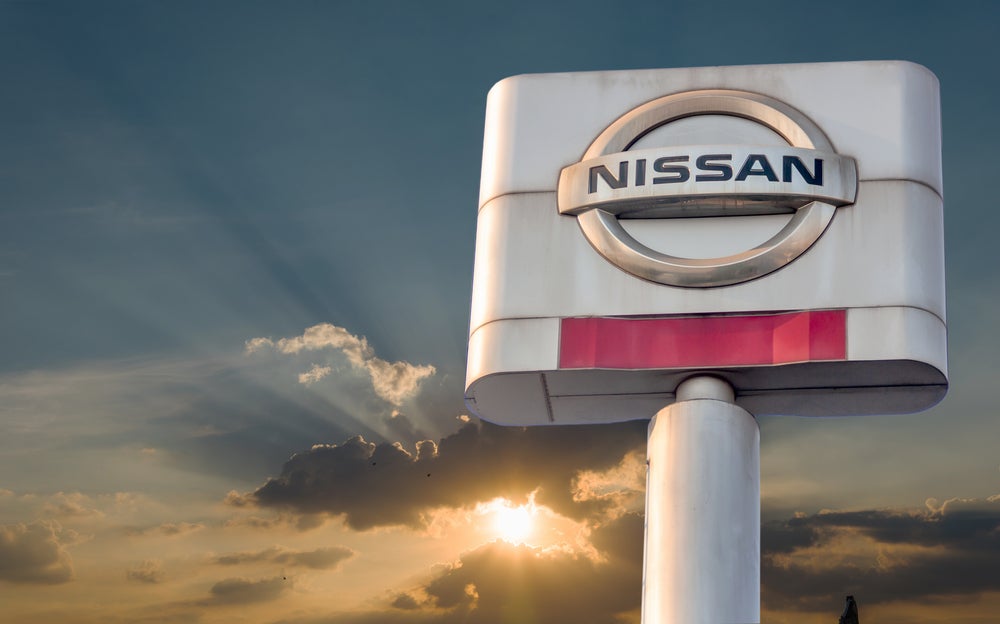Your son or daughter has passed their test and wants their first car. Once, they would get a 15-year-old hand-me-down and spend weekends with a Haynes manual fixing it, but times and aspirations have changed, writes Tim Hammond.
The Connected Generation – those born after 1996, otherwise fondly known as Digital Natives – want a car that is connected to their mobile phone and accesses their playlists.
Recent research by Ford found that 35% of this age group listed the infotainment system as the most important component when selecting a vehicle, and their always-connected mentality prioritised in-vehicle technology like WiFi, device charging, smartphone connectivity and Bluetooth.
Despite their reputation for being a ride-share-loving generation, the Ford survey also found that 92% of Gen Zs own or plan to own a vehicle. Public transport, car-sharing or ride-sharing may have been OK for Generations X and Y, but Generation Z wants little to do with them. A sense of freedom and responsibility are the top emotions that Gen Zs anticipate from car ownership – pretty much the same as the rest of us then.
So, if the majority still want to have their own car rather than borrow, then the future of the car industry is down to how they have their own car. I believe that the 92% who said they wanted to own a car in Ford’s study actually meant they did not want to borrow someone else’s, as they want to connect their own mobile phone and Spotify playlist, and leave their gym or sports bag in the boot.
It is not about buying things outright: it is about paying monthly for something for a flexible amount of time that fits in with your lifestyle. That is the premise behind Driver 1.
How well do you really know your competitors?
Access the most comprehensive Company Profiles on the market, powered by GlobalData. Save hours of research. Gain competitive edge.

Thank you!
Your download email will arrive shortly
Not ready to buy yet? Download a free sample
We are confident about the unique quality of our Company Profiles. However, we want you to make the most beneficial decision for your business, so we offer a free sample that you can download by submitting the below form
By GlobalDataMotor finance should be designed around the needs of the customer and not the just the value of the car. As car prices rise, so have lengths of leases, to keep the monthly prices low. But young customers do not want a contract for anything for 48 months, let alone a car; they want a set of wheels, not a mortgage. They have no idea what they will be doing next summer, let alone in four years’ time.
“Maybe you’ll take a gap year. Travel the world and meet the love of your life. You’ll want a surfboard, not a car.” That’s fine with Driver 1, you can hand it back any time you want after the first 12 months.
The more we can make motor finance fit in with the life requirements of our customers, the more customers we will have and retain. Current motor finance products are simply not practical enough for up to 5 million young drivers who need more flexible and affordable solutions. Consumers are currently faced with two extremes: either commit to a multi-year contract, or explore other options like car sharing or short-term rentals.
It is quite natural for an industry to look at a problem and, as a knee-jerk reaction, throw their weight – and money – behind other extremes such as ride-sharing, rent-a-Porsche-or-Jag-for-a-month-type models and electric scooters, when they are missing the real mass market opportunity of just tweaking current finance and leasing models by making them more flexible to fit into customers’ real needs.
Driver Membership
The inherent flaw with car-subscription models is they are too expensive for young drivers. It’s over-promising – and under-delivering, by making it too expensive – on the idea that people want to subscribe to anything for a day. Giving them that option makes it incredibly pricey, as the car has to be reprepped everytime it changes hands.
If you want a car for a week or two, or even a month, then it makes more sense to get a deal with a car rental company.
Consumer behaviour has changed, and the early adopters of change are Generation Z. They want Bluetooth-connected cars on flexible memberships starting from just 12 months, with the ability to upgrade as their requirements change. Driver 1 has been built from the ground up for young drivers to provide this.
The answer is to utilise pre-loved, ex-lease cars and provide them on flexible monthly plans – subscriptions if you prefer – and make them more affordable for young drivers. Treat them well, and as young drivers upgrade to their second or third cars, they will be in the position to commit to longer-term contracts on new and more expensive cars.
It is funny how the buzzword at the moment in the car industry is ‘subscription’, when other services like Spotify and Netflix are refocusing their marketing to ‘memberships’. To keep up with this change, we need to look at the consumer as a member, not just a user or subscriber.
Leasing company plans do not feel like memberships. You have no loyalty to a leasing company or PCP finance company, and no reason to stay with them when you change cars. Consumers feel good when they become members: they feel part of something. They do not feel part of your leasing plan.
In short, it is no longer about the units, but the users. Apple owns the customer relationship, so it owns the growth. The real opportunity for the car industry is to own the driver relationship from an early age, hence Driver 1.
According to the famous quote by former General Electric chair and CEO Jack Welch: “Change before you have to.” It is an apt message for the car industry, which perhaps can heed warnings from another industry disrupted by advances in technology and changes in consumer behaviour, the video industry of the 1990s.
In my early career at Sony Pictures, I was responsible for home video releases into Blockbuster. Little did we know in the mid-1990s that the video industry would be disrupted by Netflix and others.
If only Blockbuster had reacted earlier – it turned down the chance to buy Netflix for $50m in 2000, and now it is worth over $150bn. Ouch!
US Auto finance specialist Becky Chernek recently stated that the future of car finance is changing with this generation, so dealers must consider: are we Blockbuster or are we Netflix?
We have to change with the times. Do not leave it too late, like Blockbuster!
by Tim Hammond







